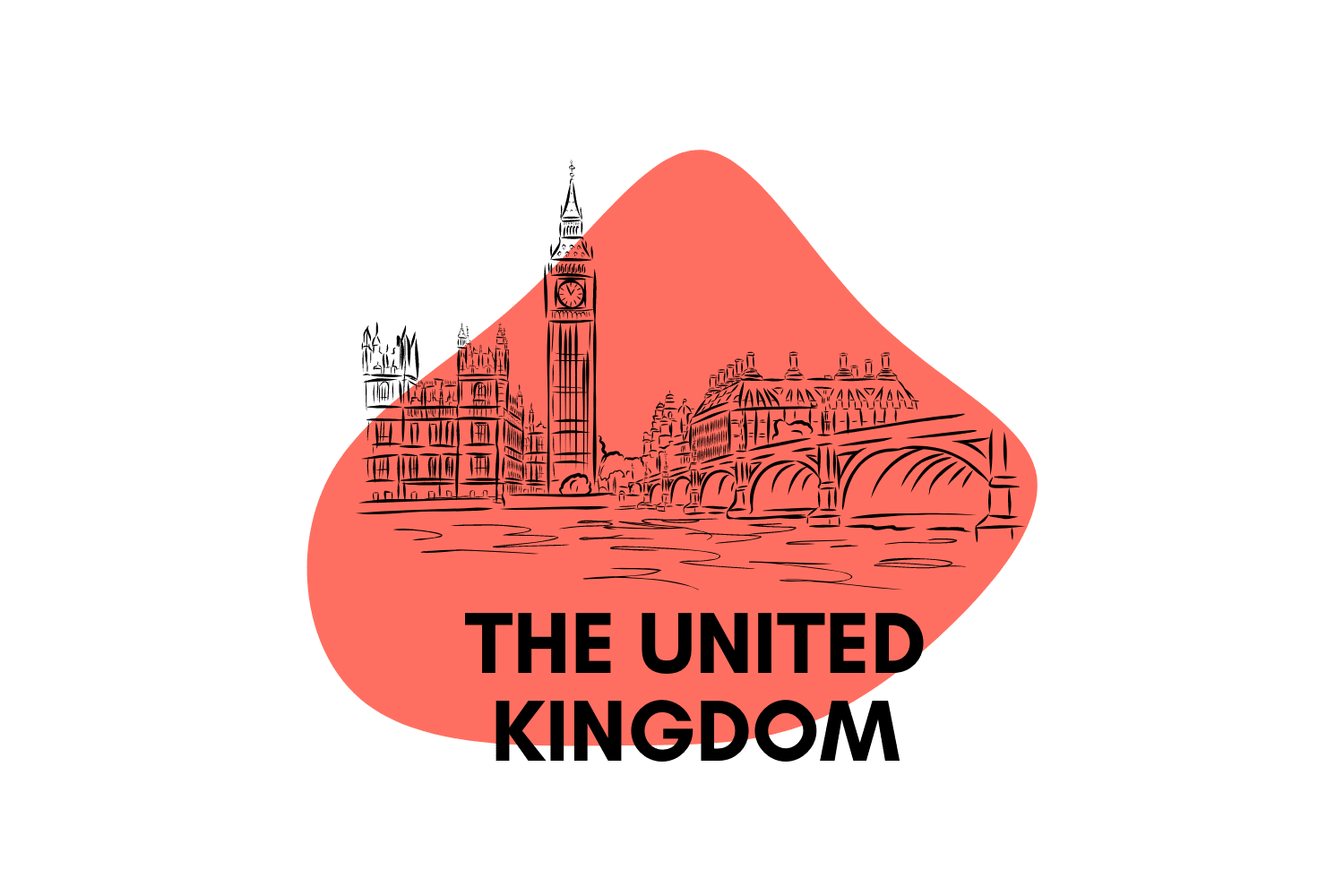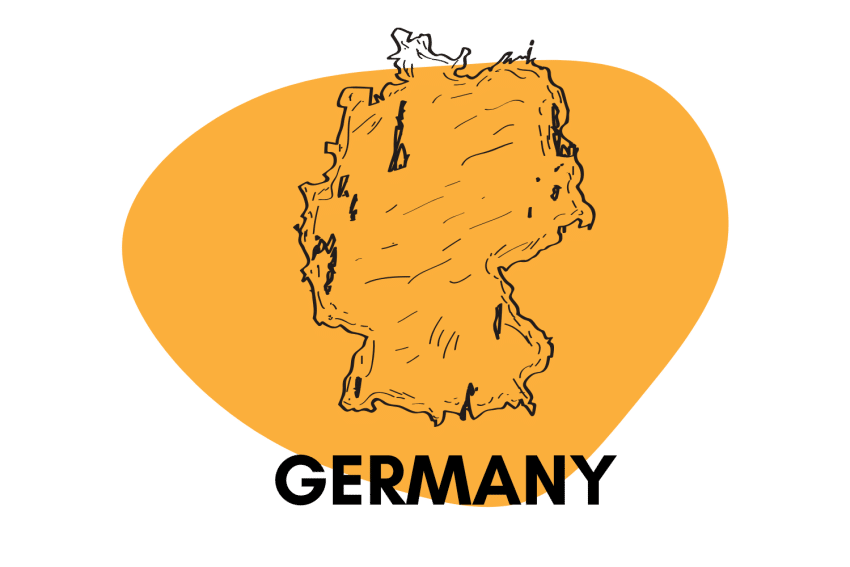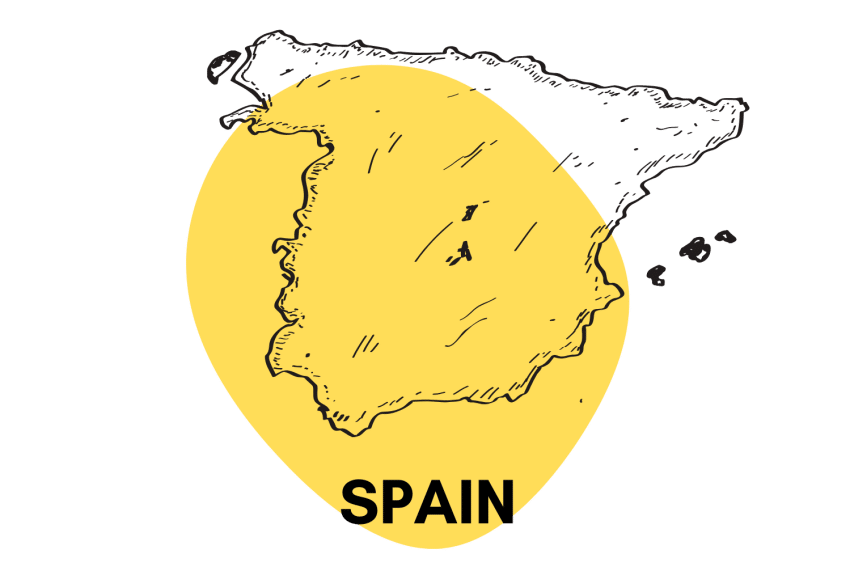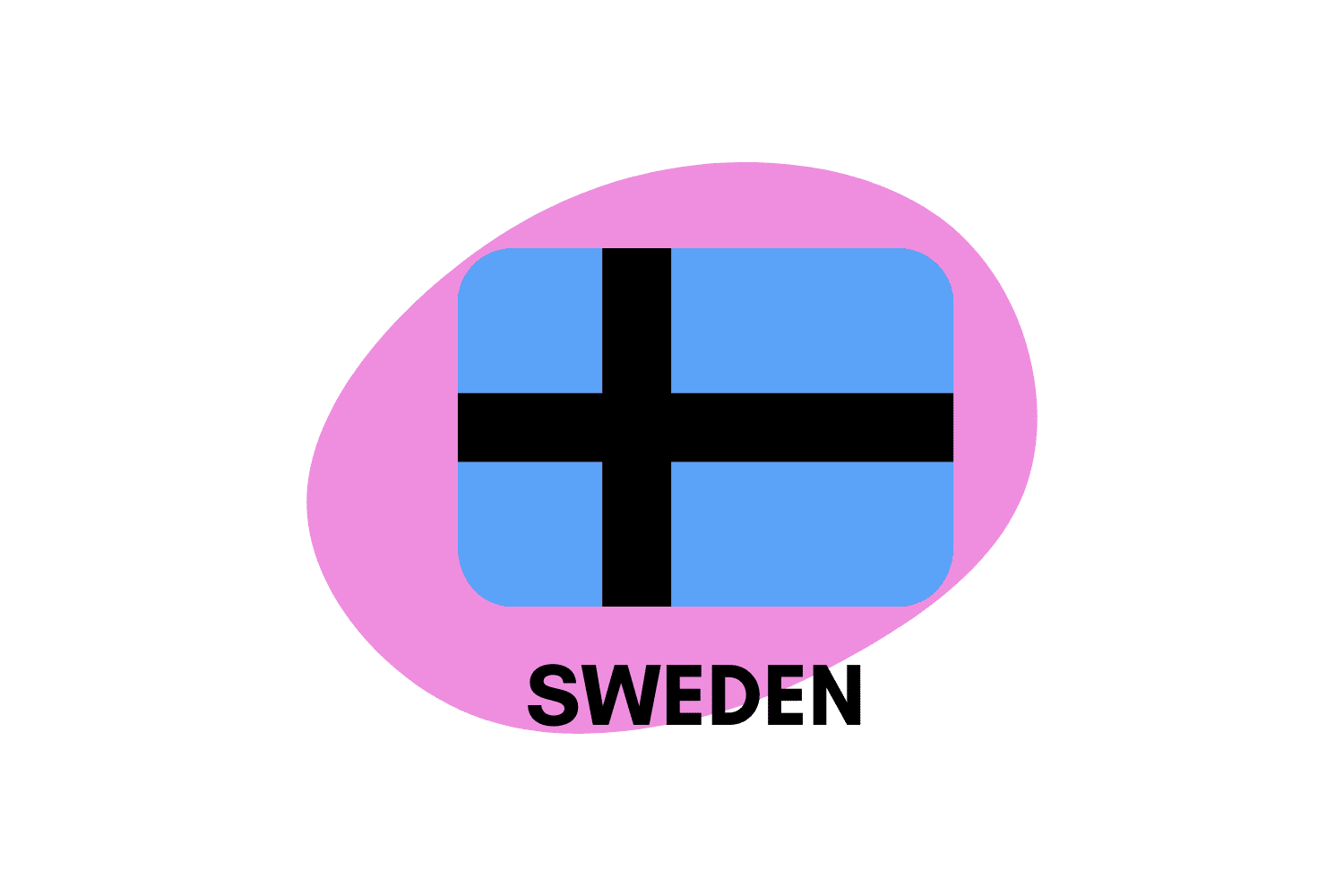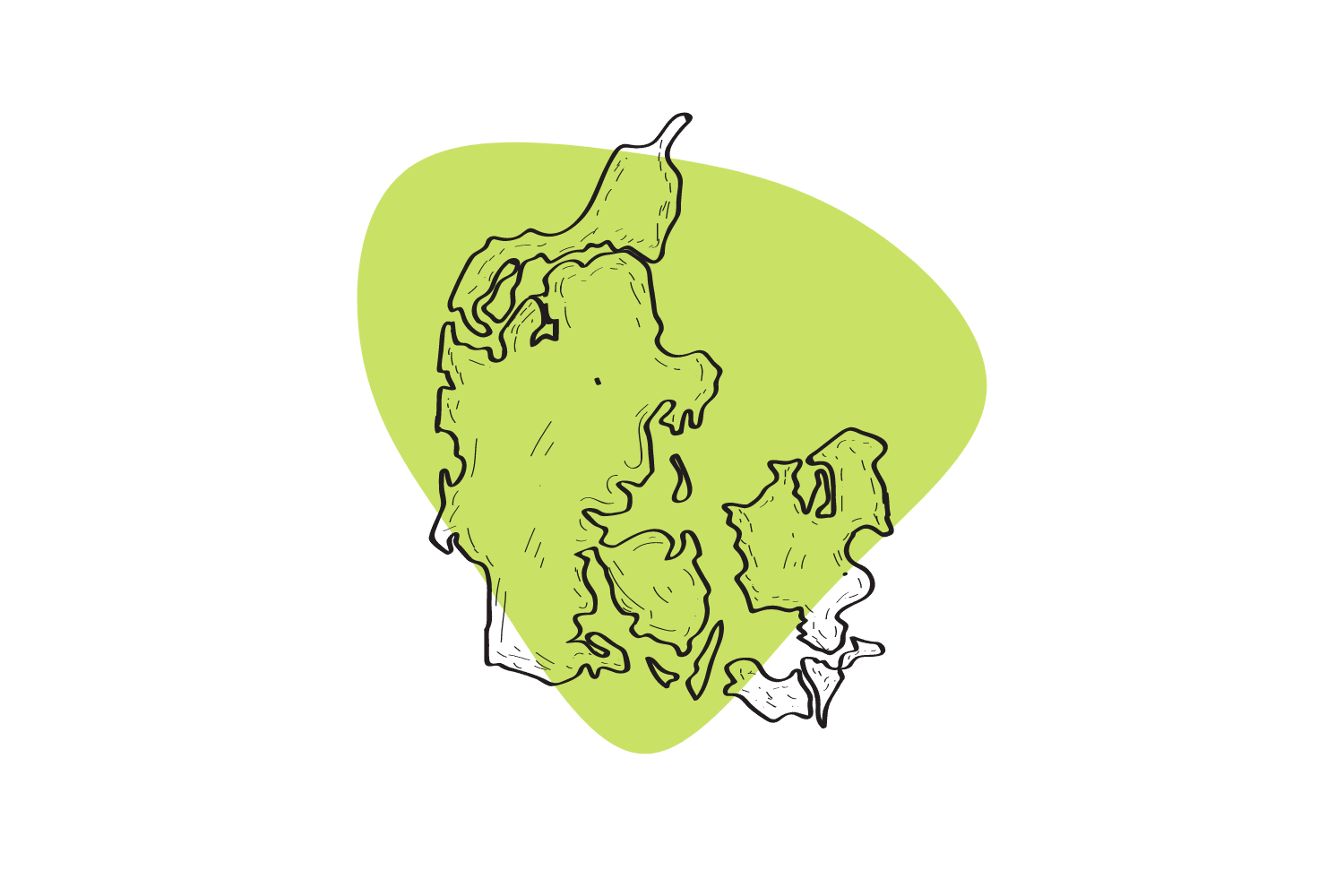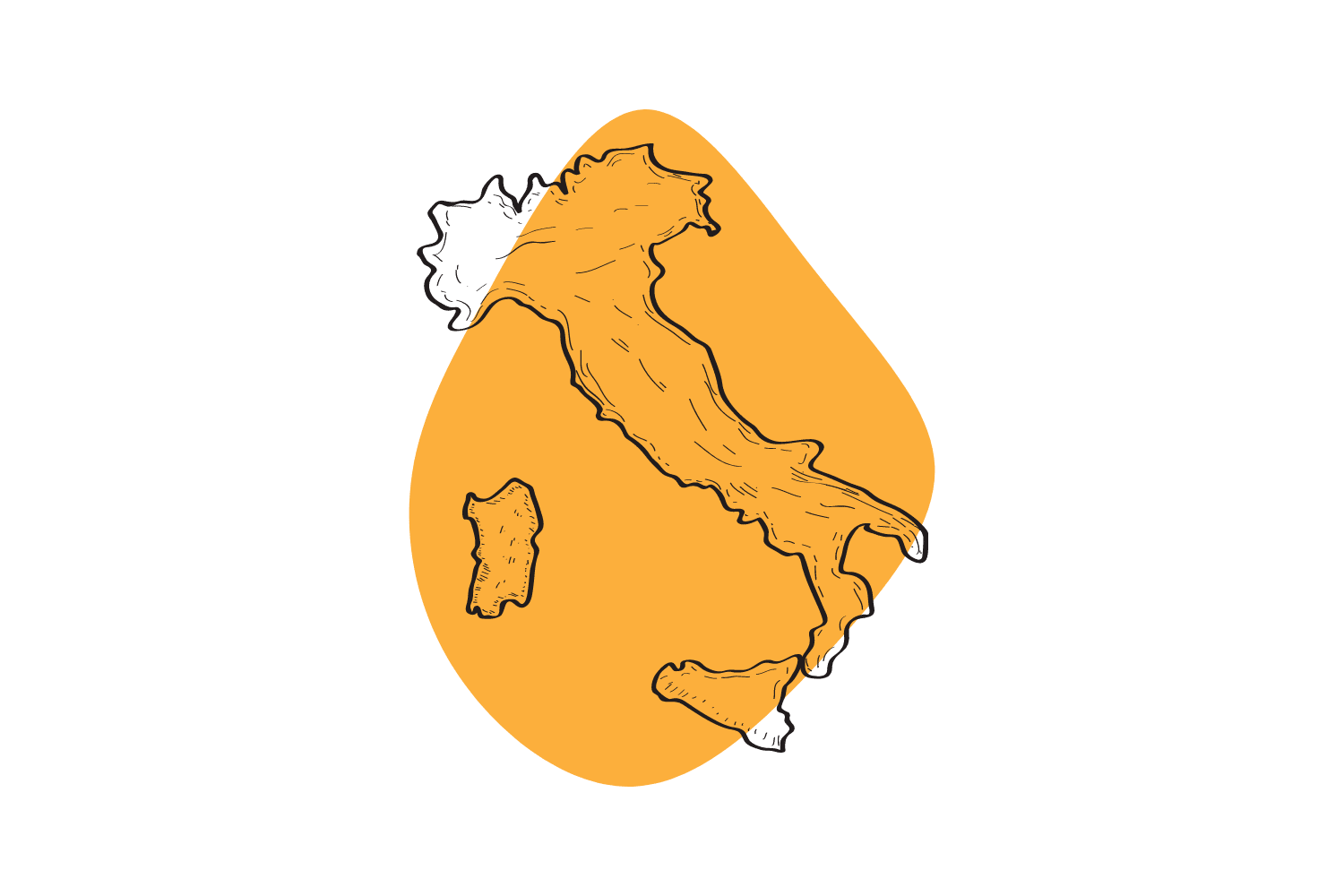Fighting Substance Abuse: EU’s Latest Drug Strategy (2021–2025)
The EU Drug Strategy implemented on ___ is designed to tackle the drug epidemic running rampant across the world. But is it enough? Where does it fall short?
The EU Drug Strategy is a document created by the Council of the European Union. It serves as a political framework for the countries within the European Union.
The document outlines the aims, objectives, and approach to the illicit drug problem in Europe to serve as the basis for the EU Action Plan on Drugs.
The EU Drug Strategy is based on the fundamental principles of EU law. It’s structured around three major policy areas: drug supply reduction, drug demand reduction, and addressing drug-related harm.
Each policy area is divided into “strategic priorities” — specific areas the EU has identified as essential in protecting society and public health.
In this article, we’ll be looking at the following:
- Why the EU Drug Strategy exists
- How it affects drug laws in EU countries
- The strategy’s policies
- The challenges and issues facing the strategy
- How there is potential for change in EU policies
Why Does the EU Drug Strategy Exist?
The EU Drug Strategy was created to provide the European Union member countries with an evidence-based framework to help respond to what the strategy describes as “the drugs phenomenon.”
It exists to reduce the harm caused by drugs to individual people and society as a whole. The Drug Strategy aims to do this by reducing the demand for drugs, limiting the supply of illicit drugs, and improving the health and social outcomes of those affected by drug addiction.
The strategy is there to help coordinate efforts between EU member states to stop international drug-based crime. It’s there to help unite countries within the European Union and the European Economic Area and assist in developing their strategies addressing potentially society-damaging substances.
Does the EU Drug Strategy Make Drugs Illegal In All EU Countries?
No. The EU drug policy complements the national drug policies of the 27 countries in the European Union.
The European Union cannot change legislation in one of its member states without authorization from the political leader of the country. As the EU is made up of nominally democratic states, any changes to the law within a specific EU country must be voted upon by the individual country’s political party and/or public.
There are five types of legislation in the European Union:
- Regulation — a binding legislative act. It must be applied in its entirety across the EU.
- Directive — a legislative act that sets out a goal that all EU countries must achieve. However, it is up to the individual countries to devise their own laws on how to reach these goals.
- Decisions — a binding act on those it addresses (e.g., an EU country or an individual company) and is directly applicable.
- Recommendation — a non-binding act that allows institutions to make their views known.
- Opinion — a non-binding act that allows institutions to make a statement without imposing any legal obligations.
The EU Drug Strategy and the EU Agenda and Action Plan on Drugs are considered “opinions” according to the EUR-Lex website, which provides open access to European laws. This means these documents aren’t legally binding, and it’s up to individual countries to develop their own drug policies, legislation, and strategies.
Map of Psychedelic Drug Laws in Europe
What Are the Strategy’s Policies?
The EU Drug Strategy has six policy areas individually divided into strategic priorities. 11 strategic priorities in total help break down the policy areas. These are goals for tackling drug use, demand, and trafficking, as well as ways to improve treatment, research, and cooperation with countries outside the EU.
Here’s a run-down on what these six policy areas entail:
1. Drug Supply Reduction: Enhancing Security
This policy area has four strategic priorities. It aims to combat organized drug criminals through law enforcement cooperation between member states as well as shared intelligence and interdiction (the prohibition of substances).
The policy also hopes to improve investigations, border management, and confiscation of criminal assets to disrupt the illicit drug trade.
These are the four strategic priorities as explained in the EU Drug Strategy:
Strategic Priority 1:
Disrupt and dismantle high-risk drug-related organized crime groups operating in, originating in, or targeting the EU Member States; address links with other security threats; and improve crime prevention.
Strategic Priority 2:
Increase the detection of illicit wholesale trafficking of drugs and drug precursors at EU entry and exit points.
Strategic Priority 3:
Tackle the exploitation of logistical and digital channels for medium- and small-volume illicit drug distribution and increase seizures of illicit substances smuggled through these channels in close cooperation with the private sector.
Strategic Priority 4:
Dismantle illicit drug production and counter cultivation; prevent the diversion and trafficking of drug precursors for illicit drug production; and address environmental damage.
2. Drug Demand Reduction: Prevention, Treatment, & Care Services
This policy area has two strategic priorities and hopes to combat the drug problem through mutual drug demand reduction measures. It aims to reduce demand through early detection and intervention, counseling, treatment, rehabilitation, social integration, and the recovery of users and addicts.
It also aims to reduce demand by “contributing to the healthy and safe development of children and young people” while providing education about the dangers of drugs. They hope this will delay the age of onset, prevent problem drug use, and address drug dependence.
These are the policy area’s two strategic priorities:
Strategic Priority 5:
Prevent drug use and raise awareness of the adverse effects of drugs.
Strategic Priority 6:
Ensure access to and strengthen treatment and care services.
3. Addressing Drug-Related Harm
This policy area focuses on measures and policies that will prevent or reduce the health and social risks for drug users in society and prison settings. This section outlines the harm prison does to addicts — addressing the fact that a prison setting can often worsen a user’s addiction. It also focuses on how prison could be a means of rehabilitation and treatment for addicts.
It outlines measures that could be used by member states to reduce risk and harm from drug use as well as protect and support addicts.
This policy area has two strategic priorities, which are:
Strategic Priority 7:
Risk- and harm-reduction interventions and other measures to protect and support people who use drugs.
Strategic Priority 8:
Address the health and social needs of people who use drugs in prison settings and after release.
4. International Cooperation
This section hopes to strengthen international cooperation within EU member states alongside countries and nations outside of the European Union. It outlines the importance of international cooperation due to the global nature of the drug trade.
It hopes to improve external relations and guidelines on human rights and drug policy worldwide.
This policy area has one strategic priority:
Strategic Priority 9:
Strengthening international cooperation with third countries, regions, international and regional organizations, and at the multilateral level to pursue the approach and objectives of the Strategy, including in the field of development. Enhancing the role of the EU as a global broker for a people-centered and human rights-oriented drug policy.
5. Research, Innovation, and Foresight
This area hopes to contribute to a better understanding of all aspects of the drug problem and find solutions that will develop and improve the strategic foresight of EU member states. It recommends that European Union member states provide adequate financing for drug-related research and innovation in line with the Strategy’s guidelines.
There’s one strategic priority in this section, which is:
Strategic Priority 10:
Building synergies to provide the EU and its Member States with the comprehensive research evidence base and foresight capacities necessary to enable a more effective, innovative, and agile approach to the growing complexity of the drug phenomenon and to increase the preparedness of the EU and its Member States to respond to future challenges and crises.
6. Coordination, Governance, & Implementation
The final policy area basically outlines how the EU Drug Strategy aims to function. It describes how member states can work together to implement the guidelines.
It also refers to the related document — the EU Action Plan on Drugs — which provides member states with a list of actions that will aid in achieving the statements made in the EU Drug Strategy.
This policy area has one final strategic priority:
Strategic Priority 11:
Ensuring optimal implementation of the Strategy and the Action Plan, coordination by default of all stakeholders, and providing adequate resources at EU and national levels.
Challenges & Issues Facing the EU Drug Strategy
There are several challenges and issues facing the EU Drug Strategy. Although the Strategy was developed in 2021, the legal drug market and the illicit drug trade are changing rapidly. “The drug phenomenon” is complex and diverse — this poses several problems for the current legislation surrounding the use, trade, and future of certain substances.
Here are some of the challenges and issues facing the EU Drug Strategy:
1. The Changing Nature of the Drug Market
The drug market is constantly changing and adapting. New drugs and synthetic alternatives to illicit substances are emerging all the time. This makes it difficult for the EU and the relevant authorities within member states to keep up and effectively control the market.
Several EU member countries also have vast differences in drug laws.
For example, the Netherlands has a relaxed attitude toward the use, sale, and control of what they deem “soft drugs.” This makes the recreational use of substances such as cannabis and psilocybin (in the form of magic truffles) legal. However, a quick drive to France can incur a 200 euro fine for simply having cannabis in your system.
This makes it extremely difficult to create an effective “strategy” for EU countries to follow. With such a diverse view on which substances should be illegal from country to country, it’s hard to develop a single strategy that applies to all member states.
Several countries within the European Union are already changing their legislation on certain substances. Recently, Germany decided to legalize the possession of up to 30 grams of cannabis for recreational use (the law is still pending).
With constant changes in the drug legislation of individual countries, the EU Drug Strategy seems a little obsolete.
2. The Cross-Border Nature of the Drug Trade
The cross-border nature of the illegal drug trade is also a problem for the Strategy. Although the EU Drug Strategy outlines ways that member states can combat the international drug trade, the nature of cross-border smuggling makes it difficult to put it into fruition.
Drugs coming in from the maritime borders of countries with quite a bit of corruption go unnoticed. Once illicit substances are on the continent, international trading between countries is all too easy. Drugs can make it from the south of Spain to Denmark without passing through a single regulated border.
The problem also stems back to the last point — in some EU countries, the production of certain drugs is legal.
For example, cannabis can be grown in Holland. Although illegal, it can easily be transported to neighboring countries with restrictions on cannabis through the many uncontrolled European borders. Unless the EU builds walls on all of its member states’ borders, they’ll never be able to stop cross-border trade.
3. The Complexity of Drug Use & its Impact on Society
The complexity and diverse nature of drug use yet again pose challenges to the EU Drug Strategy. We’ve mentioned cannabis a few times, but it’s a great example. When you compare cannabis to cocaine, there are massive differences.
These two substances have the potential to impact society in entirely different ways.
Cocaine is highly addictive, and setting the illegal trade aside, it can cause a lot of crime as a side effect of its use. Highly addictive substances can push people to commit crimes to raise funds for more drugs. Cocaine also has the potential to make some people impulsive and violent.
Cannabis is less addictive and poses very little in the way of negative impacts on society. There’s not much crime associated with cannabis users other than those that stem from its illicit nature — illegal distribution, use, and production.
These are just two examples of substances that have varying effects on society. You can see how a drug strategy that paints all illegal substances with the same brush could be flawed.
4. The Lack of Coordination Between EU Countries
Although the EU Drug Strategy aims to help improve coordination between EU member states, there’s a lot of inconsistency in how individual countries enforce drug laws and approach drug use.
Even in countries where substances such as psilocybin, cannabis, cocaine, and MDMA are illegal, many authorities turn a “blind eye” to their use. In many European countries, the police force is understaffed, leaving them no choice but to prioritize crimes far more damaging to society.
Unless every member state shifts its focus from more serious crimes to the illicit drug trade, there won’t be much change within the European Union. Countries with more resources may take “the drug phenomenon” more seriously than countries with fewer resources.
5. The Stigmatization of Drug Users
The stigmatization of drug users makes it difficult for them to get the help they need. Although the EU Drug Strategy is trying to address this, many countries won’t follow the guidelines.
There’s a considerable amount of diversity in Europe. Some countries are still widely religious, and their faith prohibits drug use. It’s unlikely that users in these countries will get the help they need because they will not only be breaking the law but their faith as well.
Many countries still hold on to outdated laws that paint drug users and drug traders with the same brush. No matter what the EU Drug Strategy says, respective authorities within some countries aren’t going to destigmatize drug use any time soon.
Some countries are more strict than others. Many places in Europe are opening up to the idea that drug addicts are victims (take Norway as an example), but several other countries still treat them as criminals and lock them up without any real help.
6. The Limited Resources of EU Member States
As mentioned earlier, there’s a vast difference between EU countries regarding resources.
Many member states simply don’t have the resources to target drug-related crime or help drug addicts in need of rehabilitation. Unless the economy between EU member states equalizes or improves dramatically, there will always be inequality in how the drug situation is fought from country to country.
7. The Lack of Understanding of the Drug Problem
The European Union and its member states often overlook the complexity of the drug problem. Often, the solutions outlined by EU Drug Strategies and those made by member states don’t assess the entire situation.
The solution to the drug problem in Europe has been one of resistance for decades. Instead of trying to understand why people use drugs and how the substances impact society, laws are made to attack the illegal drug trade and stigmatize those who use drugs.
The war on drugs has failed. This approach to solving the drug problem clearly isn’t working. In order to develop a strategy that reduces drug-related crime, the EU needs to reassess the situation and come up with a new solution.
Most crime comes as a result of the criminalization of drugs. Violent, organized, and antisocial drug crimes result from the prohibition of these substances — we should’ve learned this from the alcohol prohibition of the United States from 1920 to 1933.
An enforced approach back then just opened a market for criminals, and that’s exactly what’s happening today with illegal drugs. Instead of regulating the market by decriminalizing drugs, the EU continues to fight a battle that has never been — and likely will never be — won.
The Future of Drugs In the EU: The Current State of Affairs & the Potential for Change
The future of EU drug policies is unclear. Although the EU Drug Strategy outlines how member states can combat illegal drugs, many countries are taking steps to legalize or decriminalize certain substances.
Several European countries have already legalized or decriminalized certain substances, such as cannabis and psilocybin, and we expect other countries to follow suit. Some countries, such as Portugal, have taken even more drastic actions by decriminalizing all drugs — including harder substances such as cocaine and heroin.
Many European countries are relaxing their drug laws to focus their resources on more serious crimes. Several countries are also changing their approach to drug-related crime, especially in terms of drug users.
Several European countries are taking a rehabilitation approach rather than a prosecutorial one. Among them are Norway, Denmark, Switzerland, Holland, and Germany.
The attitude toward drugs is changing across Europe. Soon, we can expect to see more European countries legalizing the use of soft drugs, decriminalizing harder substances, and developing legislation that helps rather than stigmatizes problematic drug users.

